Weathering Global Economic Downturns
Global investors have often touted emerging markets (EMs) as vital additions to their investment portfolios. From a high-risk/high-return and portfolio diversification perspective, EMs have truly become their own in recent decades.
In recent years, EM countries have enjoyed a sustained period of access to relatively cheap international financing. Many African countries, including Zambia, borrowed heavily from global capital markets during that period. According to the Institute of International Finance, around US$700 billion flowed into EMs (excluding China) between 2015 and 2021 from non-resident capital sources.
Global Recession: Yay or Nay?
As the global economy grapples with various headwinds, primarily developed market central banks’ attempts to quell soaring inflation by raising interest rates, it’s a precarious time for various EMs. But there’s also room for cheer. China’s re-opening, after its strict COVID rules, has buoyed market sentiment.
So, what is really happening? Is a global recession looming? And what does it all mean for African policymakers?
“Although it’s hard to say, I think we’ll narrowly avoid [a global recession],” says Jones Bowa, chief economist and founder at Lusaka-based Wavefront Consulting Limited. “If we don’t manage to get inflation under control in the short-to-medium term, we can expect a prolonged period of increased interest rates, which will in turn, affect the cost of borrowing and crowd out investment.
He continues, “If we manage to control inflation, we can expect a steady shift in the global economic recovery. A few countries have already successfully contained the economic slump, with the US projected to narrowly avoid negative growth this year.”
Emerging vs Developed Markets: A History Lesson

When assessing the impact of global economic shifts on EMs, it’s important to remember that EMs are not a monolith. Vietnam is different from Colombia, which is different from Zambia. How a country is affected by developed market monetary policy will depend on its main economic activity, the balance of payments, currency fluctuation, and more.
But back in 2009, many African countries, primarily commodities-based economies, were resilient in responding to the global recession. In that instance, African governments used the windfalls from the commodity cycle boom of the 2000s to cushion the adverse effects of the recession, which had a devastating impact on Western economies.
Mr. Bowa says that in the global recessions of 1975, 1982, and 1991, “Africa had a tough time navigating the dynamics of those recessions as they coincided with the oil crises of the 1970s and 1980s.” Most African nations had just gained independence and lacked the adequate political and economic infrastructure to mitigate the adverse effects of that economic slump, “so many didn’t survive and ended up relying on structural adjustment programs to recover.”
Zambia’s twin challenges
Today, Zambia faces twin challenges – an inadequate cushion against a shifting macroeconomic reality and a US$14 billion debt mountain. “The deadlock in debt restructuring negotiations has worsened Zambia’s economic position,” says Mr. Bowa. “It has erased most of the macroeconomic gains obtained when the United Party for National Development came into office in August 2021.”
These challenges are widely recognized internationally. Franklin Templeton Investments (FTI), a US fund management firm, places Zambia in position 8 out of 82 countries vulnerable to solvency and liquidity challenges due to their debt positions. According to FTI analysts, the “solvency screen” identifies countries vulnerable on the solvency front (i.e., the likelihood that they’ll go broke). In contrast, the “liquidity screen” examines a country’s ability to cover its short-term external financing requirements.
While the Bank of Zambia is acting in line with actions by the US Federal Reserve (it raised the base rate by 25 basis points to 9.25% in February), difficulties like the continued delay in the external debt relief negotiations will mean we can expect the kwacha to continue its slide against the dollar and other major currencies.
“Our policymakers should focus on diverting Africa’s core economic activities away from reliance on commodity exports due to their volatility and begin looking to diversify their exports by boosting local industrial productivity within their nations and across Africa,” Mr Bowa says. “However, this doesn’t entail disregarding the mines and other natural resource bases but putting in place deliberate policies that will push for value-added growth in the region outside the resource-rich sectors.”
Room for optimism
Mining has played a significant role in Zambia’s economic story over the decades, and it’ll continue to do so for many years to come. Goldman Sachs, the US investment bank, recently raised its 12-month forecast for copper to US$11,000/t from US$9,000/t. And China will continue to be an essential partner as an importer of our minerals. According to Nikkei Asia, a financial publication, Africa’s bilateral trade with China surged to a record high in 2022. Rising commodity prices and Beijing’s push to promote imports from Africa increased trade by 11% to $282 billion.
Well-known problems within the mining industry need to be resolved, and there needs to be a deliberate investment into building up local capacity. This will ensure that we start to receive a more significant share of our mineral wealth and build up our coffers via a sovereign wealth fund, which will help stabilise the economy when future global economic instability hits.
In February, Andrew Mold of the United Nations Economic Commission for Africa estimated that intra-Africa trade reached a historical high of around US$112 billion last year. For Mr. Bowa, this is the foremost opportunity for Zambia’s economic structural transformation.
“The African Continental Free Trade Area (AfCFTA) will be the world’s largest trading bloc serving a market of 1.3 billion people,” he says. “Africa will see FDI increase by over 100%, leading to more employment, local capacity, and stronger regional value chains. In the process, 50 million people could escape extreme poverty by 2035 and US$450 billion in realised income gains.”
Manufacturing, agriculture, and energy are the three sectors he’s betting on. President Hichilema’s emphasis on the restoration of the rule of law, sound macroeconomic management, attainment of the 3-year IMF bailout package, decentralization of community development, and greater social sector investment are all essential building blocks on the journey to establishing Zambia on the right footing for the future.



